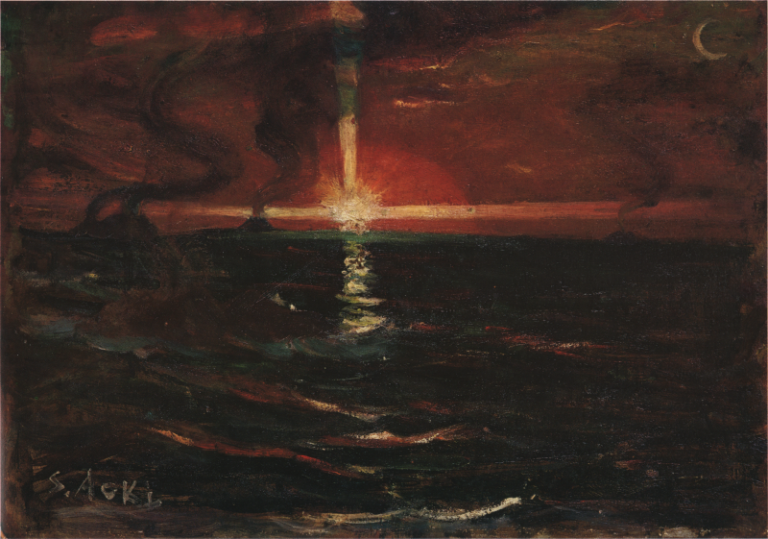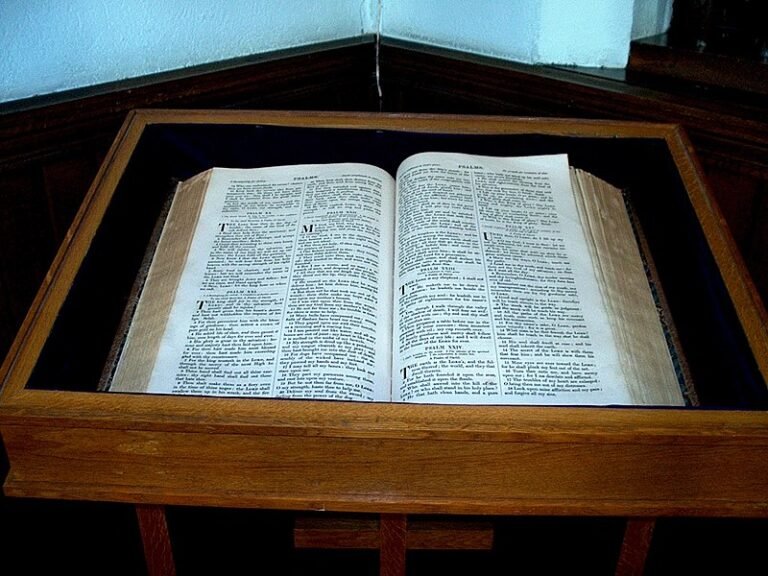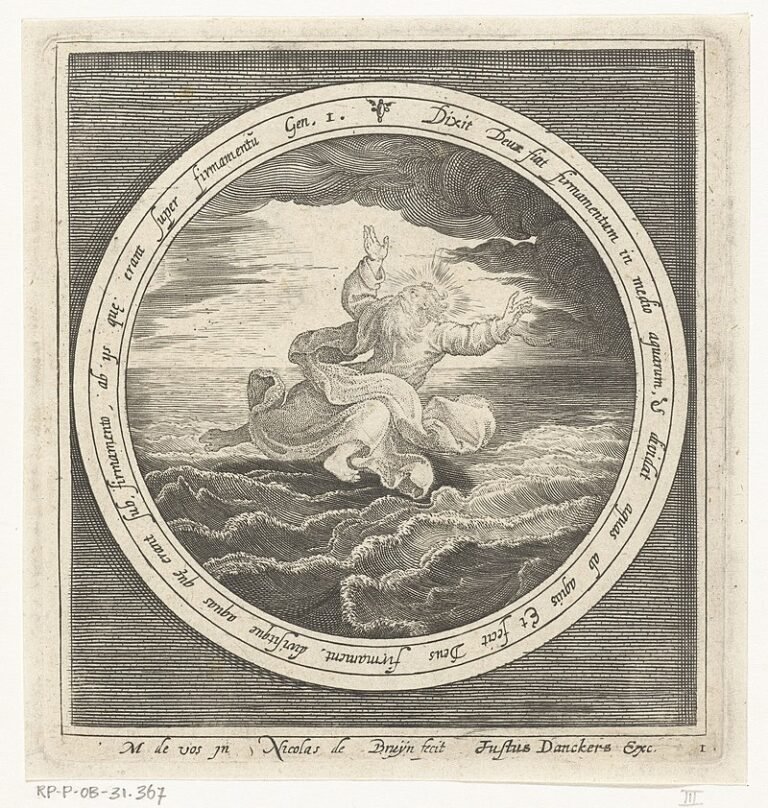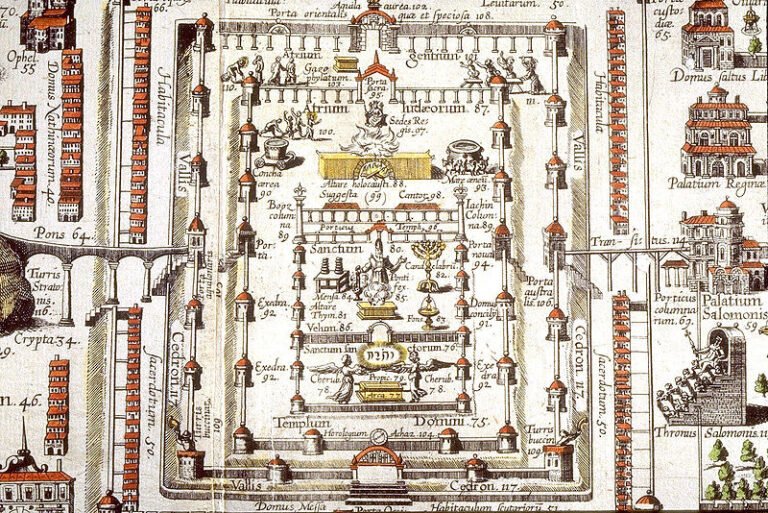WHO KILLED GOLIATH: DAVID OR ELHANAN?
Who killed Goliath and why does the Bible have (at least) 2 different answers to that? 6-7 min. of reading.

Who killed Goliath of Gath, the giant ‘whose shaft was like a weaver’s beam’?
Of course t’was David! Every child knows that, mummy! That’s what we read in in 1 Samuel 17:(bonus: read 1 Samuel 16 and 17 and see how David is strangely introduced to Saul twice)
So David prevailed over the Philistine with a sling and a stone, striking down the Philistine and killing him; there was no sword in David’s hand. – 1 Samuel 17:50 (NRSWA)
But then the Second book of Samuel says Elhanan, son of Jaare-oregim the Betlehemite finished Goliath of the same town and with an alike shaft:
Then there was another battle with the Philistines at Gob; and Elhanan son of Jaare-oregim, the Bethlehemite, killed Goliath the Gittite, the shaft of whose spear was like a weaver’s beam. – 2 Samuel 21:19 (NRSWA)
Strange, no? Then in 1 Chronicles the same Elhanan kills Lahmi, the brother of Goliath of Gath, who also held the aforementioned shaft.
Again there was war with the Philistines; and Elhanan son of Jair killed Lahmi the brother of Goliath the Gittite, the shaft of whose spear was like a weaver’s beam. – 1 Chronicles 20:5(NRSWA)
(Note that some popular Bible translations, like NIV and KJV, have the actual ancient manuscripts of 2 Sam 21:19 ‘corrected’ to fit the Chronicles account. If you’ve never noticed the discrepancy, that’s probably the reason!)
What do we make of this?
Well, clearly there were two unrelated big Goliaths in Gath, and both clearly got their shafts at the same shaft shop. One of them was famously killed by David, and the other had a brother, Lahmi. The second Goliath and his sibling were dealt with (less famously) by Elhanan.
Ok, ok, no. I made this explanation up – but let’s admit that it could work with some good-faith on the reader’s side. Even the conservative harmonisers are more subtle when dealing with the issue.
So, what really happened? A scribal error: a tired copyist working on 2 Samuel in the evening light accidentally changed ‘…Lahmi, the brother of…’ to ‘ the Bethlemite’ and ‘the Bethlemite’ was erroneously referred to Elhanan’s dad. It was a mistake easy to make if you look into the Hebrew letters and the original order of words. Fortunately the original ‘brother’ version was preserved for us to check in Chronicles.*
It feels better this way, doesn’t it? The little warmth inside when our cognitive dissonance disappears, when a crack in our understanding is made smooth.
Bad luck though: it still leaves us with some questions: why did God allow a book in the Scripture to be corrupted this way? Why was it changed for centuries just by a mistake of an inattentive scribe? We have the right version in another book here, but if it happened once, could it have happened elsewhere without us even knowing and noticing it?
More bad luck to come. Sorry. If you ever read the Bible from the beginning to the end, in the order of books it is compiled in, you have noticed that the books of Chronicles cover roughly the same time frame Samuel and Kings do, and it all seems repetitive and some bits are word-to-word the same, clearly copied.
The commonly accepted view is that Chronicles were written much later than Samuel and Kings, and they were written to underline and introduce certain aspects of the narrative. While keeping the main line the same, Chronicles make some things look better – especially the kings of Judah: David’s affair with Bathsheba is skipped, or King Manasseh, who in Kings dies as the-worst-one-ever, repents and is forgiven in the account of Chronicles.
It is very much obvious that whoever wrote Chronicles knew the older books, and very much probable that when seeing the contradiction in the story of Goliath’s of Gath violent end, decided to fix the ‘mistake’ cleverly swapping Goliath with his freshly invented brother, Lahmi, whose mum and dad were Hebrew letters which originally read as ‘the Bethlemite’ in ‘ Elhanan, son of Jaare-oregim the Betlehemite…’.

This would result in the original version present in the Book of Samuel – Elhanan killing Goliath of Gath a few chapters after David did the same, and a hand-corrected version in later Chronicles, where David got Goliath and Elhanan got his brother, Lahmi. (Out of scribal fatigue I’ve just typed ‘David got Elhanan’ and had to correct it. Ah, scribal mistakes…)
In this explanation, we have to ask why in Samuel Goliath dies twice killed by two different people and, again, why the author/authors of the book did not care to ‘correct’ or explain it.
(I’ll skip details such as the description of Goliath’s armour and the discussions on its historicity, or a story strangely similar to David and Goliath found in Homer’s ‘Iliad’)
In the end, whichever version of the ‘Goliath issue’ you’re more willing to accept and whichever you feel safer with, some questions about the nature, inspiration and preservation of the Scripture rise here. I don’t claim here that there’s a problem with the Scripture – I only say that there’s probably a problem with the popular understanding of what the Scripture is.
*The Big Book of Bible Difficulties, Norman L. Geisler, Thomas Howe, Baker Books 2008, p.163-164 and https://textandcanon.org/who-really-killed-goliath/






